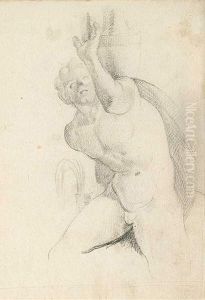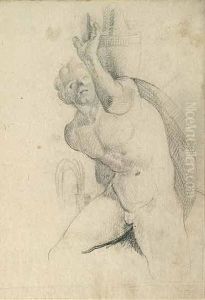Isidro Carnicero Paintings
Isidro Carnicero was a Spanish painter and engraver, recognized for his contributions to the Spanish Enlightenment's artistic movements. Born in Madrid, Spain, in 1748, Carnicero emerged from a period that was rich in cultural and artistic evolution, reflecting the broader European Enlightenment's influence on Spanish art and society. His work is often characterized by its delicate detail, vibrant colors, and the ability to capture both the grandeur and the subtlety of his subjects. Carnicero's talents were not limited to painting alone; he was also a skilled engraver, contributing to the illustration of books and scientific works, thereby spreading the ideals of the Enlightenment through visual art as well as text.
Throughout his career, Carnicero received significant recognition and patronage from the Spanish royal court. He worked on various projects for King Charles III and King Charles IV, which included religious commissions, portraits, and decorative schemes for royal palaces and churches. This royal patronage not only elevated his status as an artist but also allowed him to contribute to the visual culture of Spanish royalty, reflecting the tastes and ideals of the Enlightenment within the context of Spanish society.
Carnicero's artistic output includes a variety of subjects, from religious themes to portraits and landscapes. His ability to adapt to different genres and themes while maintaining a high level of technical skill and artistic sensitivity is a testament to his versatility and creativity. Despite his success and influence, Carnicero remains a somewhat underappreciated figure outside of Spain, with his contributions often overshadowed by more widely known contemporaries. However, within Spanish art history, he is celebrated for his role in the development of 18th-century Spanish painting and for his contributions to the cultural and artistic legacy of the Enlightenment in Spain.
Isidro Carnicero passed away in 1804, leaving behind a body of work that continues to be studied and admired for its beauty and historical significance. His paintings and engravings not only reflect the artistic trends of his time but also provide insight into the cultural and intellectual currents of Enlightenment Spain. Carnicero's legacy is preserved in the collections of major Spanish museums and in the pages of art history, where he is remembered as a key figure in the Spanish artistic tradition of the 18th century.

